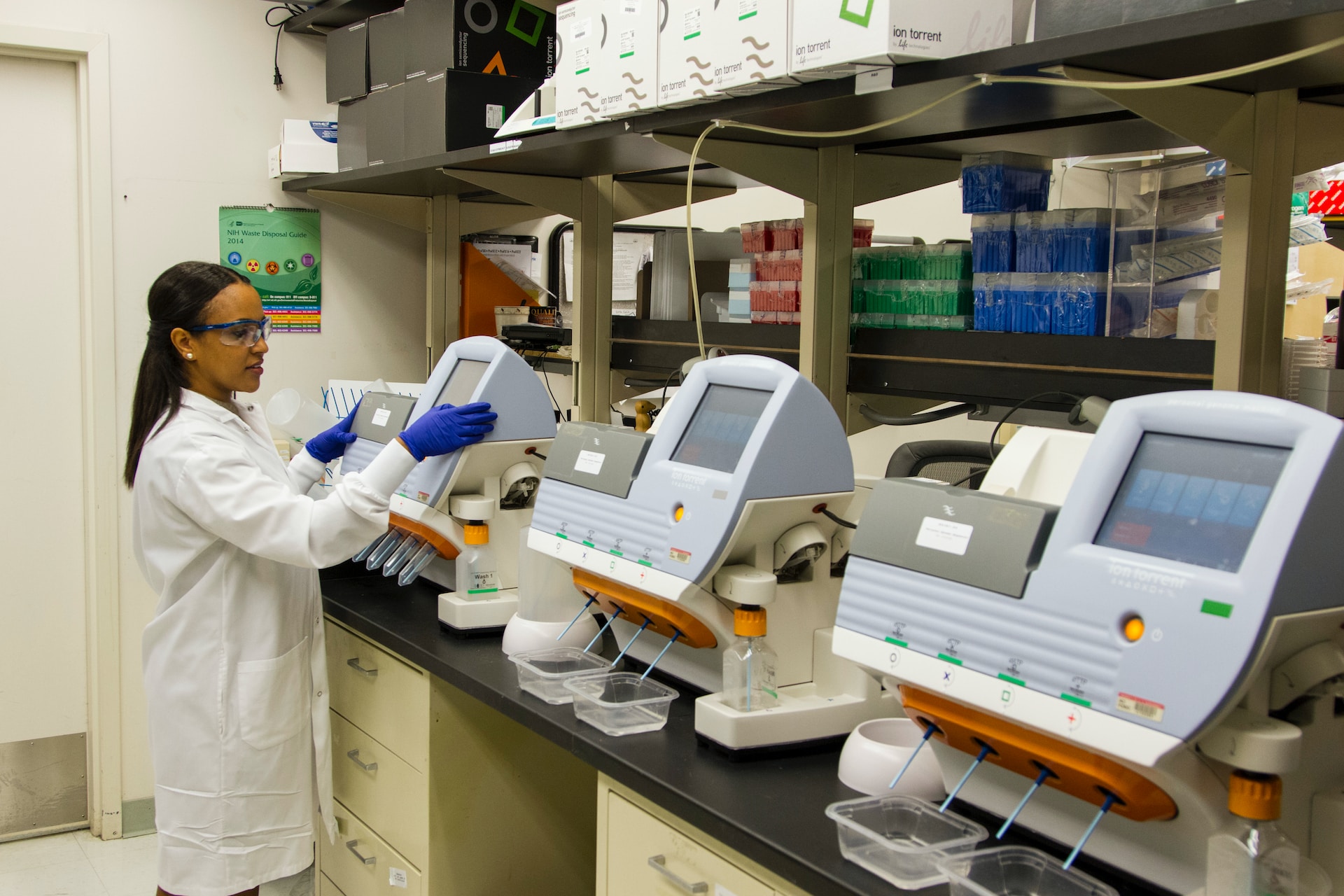
How and Why to Perform a Pharmacoeconomics Analysis
October 16, 2023 - Emily Newton
Revolutionized is reader-supported. When you buy through links on our site, we may earn an affiliate commision. Learn more here.
How do people in the medical industry know that certain medicines or other therapeutic interventions are better than others? They often reach that conclusion after performing a pharmacoeconomics analysis. Taking that step can improve public health and help patients and other affected parties understand the pros and cons of certain treatments.
What Is a Pharmacoeconomics Analysis?
A pharmacoeconomics analysis compares the benefits and costs of a specific medical intervention. Australia was the first nation to carry out these investigations. The goal at that time was to weigh the costs and benefits of drugs that the Australian government may subsidize to make them more affordable. In that case, an advisory committee provided guidance about a list of drugs under consideration.
However, people may also do these investigations while weighing the differences between a particular generic and brand-name version of a drug. The generics are often less expensive, making them more accessible to many patients. But does the lower cost make patients more likely to adhere to doctor-recommended treatment regimens?
One study of individuals prescribed generic statins found they were more likely to keep taking them than the brand-name versions. This example shows people must be aware of various secondary factors when running their pharmacoeconomics analyses. If a medication is less expensive, what does that mean for the people prescribing it and those advised to take it?
A thorough pharmacoeconomics analysis looks at the cost to the patients and providers. However, it goes further to include the broader parts of society, such as the systems that administer and influence someone’s access to the drugs they need.
The results of these investigations can show pharmaceutical decision-makers whether it’s financially viable to put a new drug on the market. If a company releases it, will enough patients and health care providers be interested? Which barriers could make a person less likely to agree to take a drug? What are the societal costs of choosing not to make an intervention available to residents? Knowing these things in advance supports improved planning and better public health.
The Main Pharmacoeconomics Analysis Types
The health researchers, economists and others who carry out pharmacoeconomics analyses focus on one of several types.
Cost-Effectiveness Analysis (CEA)
A CEA measures the cost per pharmaceutical unit against the outcomes. Does a particular drug extend a person’s life? Does it reduce complications that require hospital stays?
Are the associated costs manageable? In the United States, medications primarily get covered by someone’s private health insurance or government coverage. However, if neither of those options will pay for a treatment, a patient may decide to cover the cost themselves. But the more expensive a drug is, the less likely it is that it’ll be an option for someone.
Cost-Utility Analysis (CUA)
The CUA goes beyond a CEA by measuring both whether a drug extends a person’s life span and if it enhances their quality of life. Many people understandably treat the quality of their life as an extremely important factor.
It’s a lot harder to justify the cost of an expensive drug if it will make someone live five years longer but give them very few or no pleasant periods during that time. On the other hand, if evidence strongly suggests a drug will substantially improve someone’s day-to-day life, such results would justify the costs.
Cost-Minimization Analysis (CMA)
This is one of the lesser-used types of pharmacoeconomics analyses. The main reason is that it only examines how to reduce costs and doesn’t explore the resultant outcomes.
That’s often problematic because the conclusions people make may be too short-sighted. For example, patients receiving some types of drugs may either get them administered in hospitals or doctor’s offices. The latter would almost certainly be a less expensive option. However, is there a high risk that the patient could suffer a complication a physician’s office is not as equipped to handle? If so, the CMA may look attractive, but there might be too many adverse events overall.
Budget Impact Analysis (BIA)
When people perform this type of pharmacoeconomic analysis, they specifically look at how starting to use a new intervention would impact the health care budget. That could be the budget for a specific hospital. But it’s more frequently an examination of a larger segment of health care resources, such as those for a nation or population group.
Consider one BIA for a COVID-19 vaccination program in Austria. The results showed every €1 spent on getting people vaccinated would save €1.78 in the health care system and €4.05 in society across three years.
Cost-Benefit Analysis (CBA)
A CBA examines the costs of a treatment versus its monetary benefits. For example, does prescribing a person a blood pressure medication reduce health care cost burdens by minimizing their risks of heart attacks and strokes?
However, making these calculations is not as straightforward as it might seem. That’s particularly true regarding health conditions about which there’s still much more to learn. Autoimmune disorders are excellent examples. Physicians can alleviate the symptoms, but there’s no cure yet. Plus, how well a given medication works for a patient depends on how much a condition affects them.
What Are the Primary Costs in Health Care?
Medical costs break down into one of several categories. Knowing about them allows people to make more accurate pharmacoeconomics analysis calculations.
Direct Medical Costs
Direct medical costs connect to a person’s treatment or care. Imagine if a person undergoes imaging procedures to confirm they have a cancerous tumor. Then, they start a chemotherapy program and must stay in the hospital overnight for observation. All the associated expenses are direct medical costs.
Indirect Medical Costs
Indirect medical costs are the expenses people must pay to access care. The most common example is transportation to the hospital. However, a person may also need medical professionals to come to their home to assist with a treatment. That’s the case with many intravenous medications.
In both instances, a patient could only receive the treatment as prescribed if they go to the hospital or have health care professionals come to them. The associated charges are indirect medical costs.
Indirect Non-Medical Costs
The costs calculated in a pharmacoeconomics analysis also span beyond the medical field to examine a treatment’s possible monetary ramifications. Perhaps an intervention causes such severe side effects that a person must take time off work to recover.
Alternatively, maybe a prescribed medication makes the patient so tired that they cannot work at their full output or handle household chores. Those issues are outside the medicine itself, but they still occur because someone chose that treatment.
Intangible Costs
The intangible costs are harder to pin down than the others covered here. However, they’re non-monetary expenses that affect humans and society. For example, if a person develops a severe illness, they may become stressed from the anxiety of it worsening and preventing them from doing the things they enjoy. They may also get upset as their loved ones watch the illness progress.
Someone diagnosed with an illness may also experience a loss of self-esteem or find that they get depressed and no longer want to take part in community activities. These costs don’t fit neatly on spreadsheets, but people must consider them in any complete pharmacoeconomics analysis.
Pharmacoeconomics Analyses Support Health Progress
A healthy society is one where everyone who needs medical interventions has easy access to them. That’s still an out-of-reach ideal for many individuals, especially since health care access varies widely depending on location and income. Even so, the people who conduct pharmacoeconomics analyses play vital roles in improving treatments and broadening medical options for those who need them.
Revolutionized is reader-supported. When you buy through links on our site, we may earn an affiliate commision. Learn more here.
Author
Emily Newton
Emily Newton is a technology and industrial journalist and the Editor in Chief of Revolutionized. She manages the sites publishing schedule, SEO optimization and content strategy. Emily enjoys writing and researching articles about how technology is changing every industry. When she isn't working, Emily enjoys playing video games or curling up with a good book.




